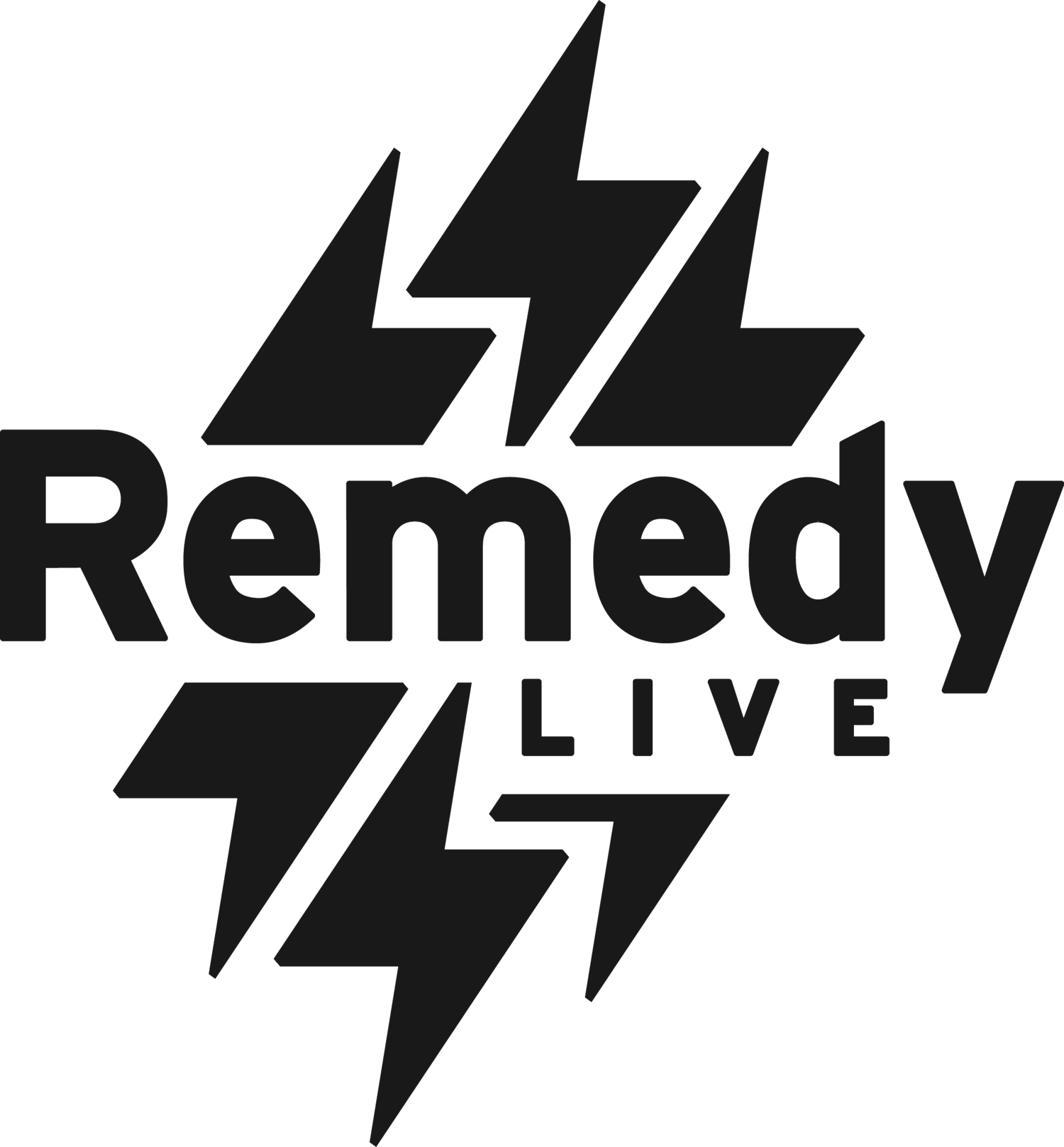Your Brain on Substance Abuse
Elizabeth Vargas of ABC News noted at the World Science Festival in 2014 that there were currently 23.5 million addicts in the U.S. That’s roughly 7% of the population. Currently, that number remains the same.
It’s estimated that about half of American adults have a history of alcoholism in their family. It shouldn’t come as a surprise, however, the most common addictive substance is nicotine. A whopping 50 million Americans are addicted to nicotine. 90% of addicts start smoking before the age of 18.
And the list goes on: 14.5 million adults abuse alcohol, 4.1 million abuse marijuana, 1.7 million abuse prescription drugs (which includes sedatives and opioids), 966,000 abuse cocaine, and 652,000 abuse heroin. These statistics only represent the number of addicts; the number of users is much higher all around.
Who is most at risk?
People of low socioeconomic status
Unemployed individuals are twice as likely to partake in substance abuse than employed individuals
Home environments in which parents are unsupportive, abusive, or neglectful
Demographic factors, including those related to age, gender, race, and ethnicity, play a larger role in addiction tendencies as well. American Addiction Centers reports the following:
1 in 25 adolescents suffers from a substance abuse disorder
Nearly 15% of young adults aged 18 to 25 have a substance abuse disorder (10% are addicted to alcohol, while 7% are addicted to drugs, and some are addicted to both)
6.4% of adults over the age of 26 struggle with this disorder
1 million elderly individuals (65+) struggle with alcoholism
9.4% of men and 5.2% of women face this battle
Caucasian, Black, and Hispanic Americans each have 7% of their demographic that struggles with substance abuse. American Indians have 12% and Asians have 4%
How does this affect me?
While many physical ailments can result from substance abuse, a great number occur in the brain.
Since the dopamine pathway is impaired, addicts cannot feel pleasure the same way they should and resort to their addiction. The reward center is altered so that one cannot feel pleasure until they are reintroduced to a substantial amount of the drug that will release the dopamine.
Additionally, the mutated dopamine-2 receptor gene has been greatly reported in people with substance abuse disorders but rarely appears in those without substance abuse disorders, suggesting genetics are widely involved.
Recovery involves reconnecting the striatum, which helps with empowerment, to the prefrontal cortex. That then determines the activity of the midbrain, which works as the dopamine pump in this instance.
How do I get better?
Dr. Marc Lewis mentioned in a video segment for The Royal Institution that the cycle of addiction can be broken once the person struggling is able to envision a future. Many brains caught on substance abuse have the sufferers focusing solely on the “now,” and the past and future are difficult to dwell on. He says it’s important to bring those dealing with addictions back to their past and look ahead to their future in order to break the vicious cycle of the eternal present they’re stuck in.
“Help them see their life as a narrative that’s moving on,” he says. If that’s you, and you are struggling with substance abuse, please feel free to reach out to our anonymous 24/7 chatline and talk with a SoulMedic. There’s a future for you, and it can start here! You may also turn to additional resources:
Written by Madi Turpin

